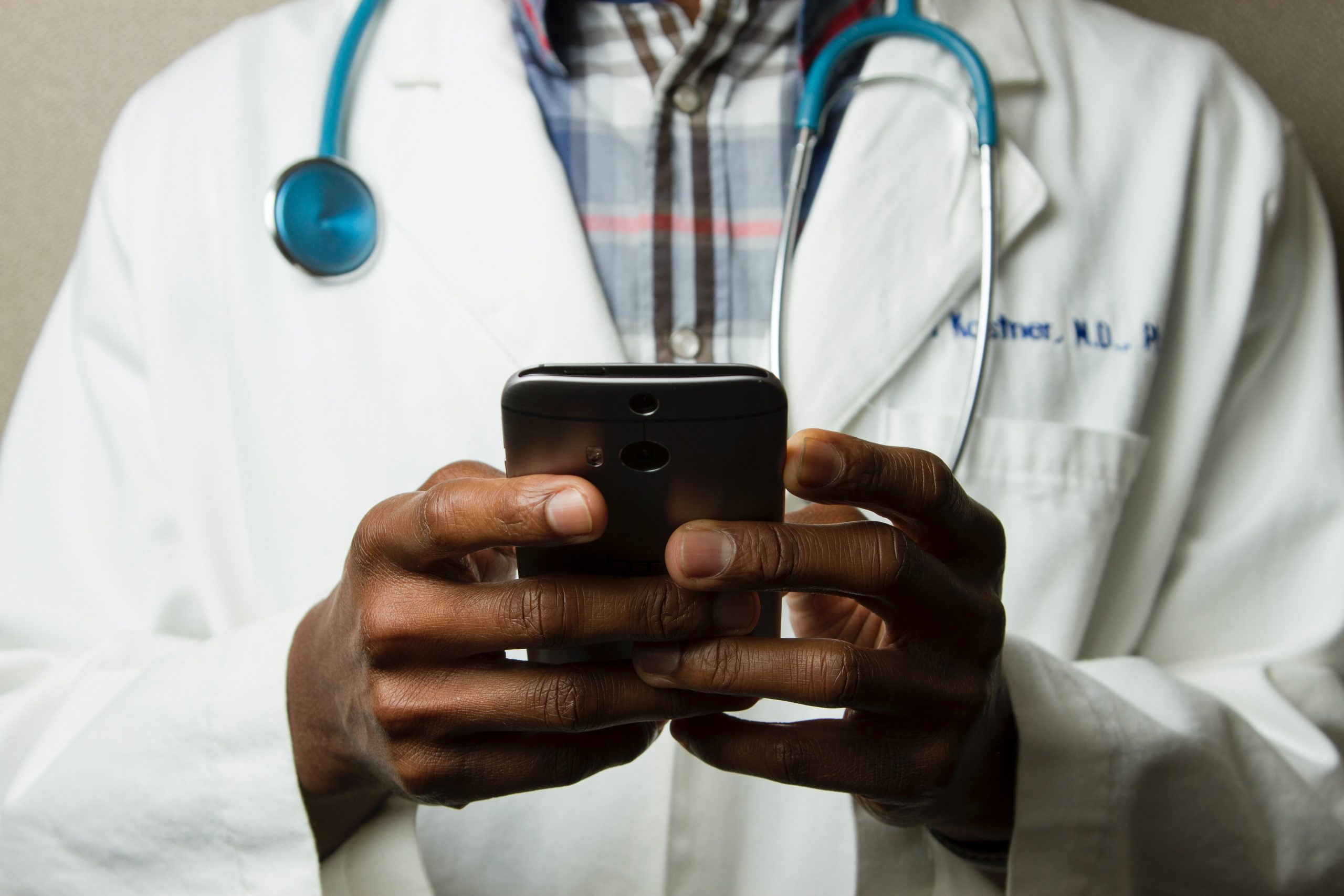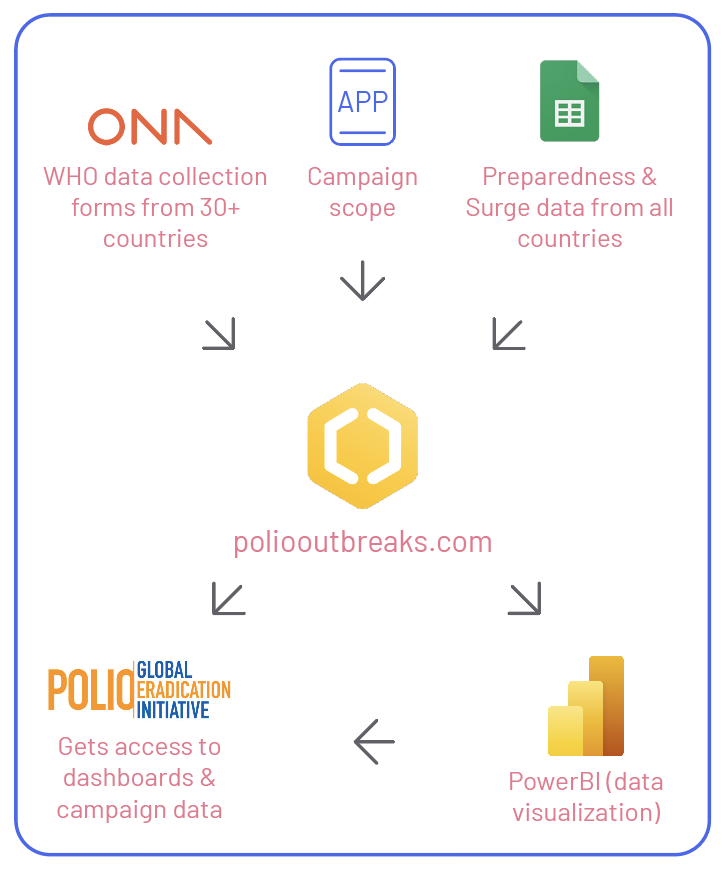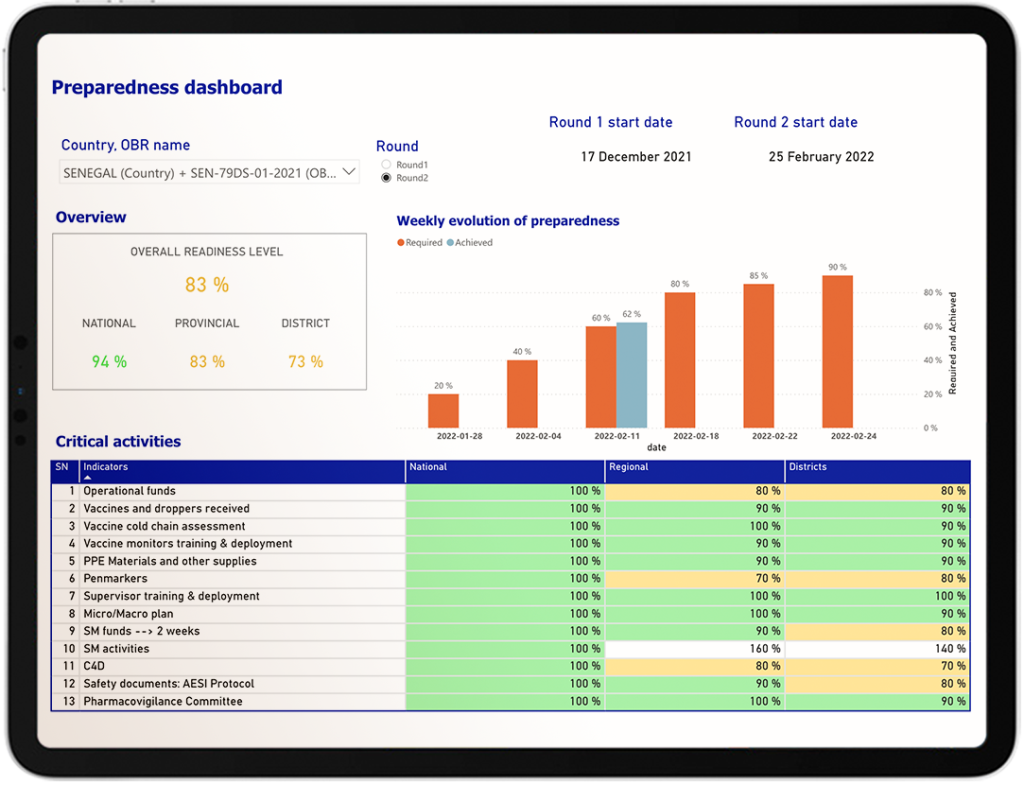
Early 2020, congratulatory headlines showered the press, declaring Africa free of wild polio at last. A major achievement in the fight to eradicate infectious diseases. Polio mainly affects children under 5 years of age, causing irreversible paralysis, and has a transmission rate of 4 to 7.
Yet, in late 2020, new cases of polio resurfaced in communities with low immunization rates. This was due to numerous transmission of the weakened virus among unvaccinated children, allowing virus mutations.
To eradicate this new form of polio, targeted vaccination campaigns combined with timely decision-making can make a big difference. In 2021, Bluesquare started to make use of data pooling, analysis and visualization to improve several steps in the polio vaccination process through a grant from the Bill & Melinda Gates Foundation.
The Global Polio Eradication Initiative (GPEI) Strategy 2022-2026 emphasizes the need to quickly respond to polio outbreaks with rapid high-quality vaccination campaigns with broad enough scope to prevent additional spread. However, tracking readiness and performance of outbreak responses from the district to the regional level was difficult due to scattered data sources for different steps of the response. This is where Bluesquare and its health data pooling and analysis powerhouse came in.
The grant provided by the Bill & Melinda Gates foundation focuses on improving each step of the campaign process through better data awareness and use. Through the project, Bluesquare is designing tools that draw from the available data sources, including the WHO, data encoded directly in the field during vaccination campaigns, and government-level data. The tools will then serve the campaigns in three main ways.

This first step required a deep analysis of the several data sources to create a general overview of the campaign preparation timeframe. To do so, our team developed a tool based on one of Bluesquare’s products, Iaso, which centralizes all data sources in one single platform called “Polio Outbreaks”.
The Polio Outbreaks platform is designed to enable polio outbreaks managers to encode information for each new campaign as soon as a case of polio is suspected. Users can easily input when a case was detected, where exactly, and update the information as the campaign preparation progresses through a friendly interface. From the date of case confirmation, to the preparation and start of a campaign and its scope, to the results of independent evaluation.
This will enable the teams to have a constant overview of – among others – where cases have been detected, where they are confirmed, and the planning for upcoming campaigns, as well as tracking the timeliness of each step.
All of this information is then directly fed into real-time dashboards that can be used to monitor the campaign closely and to take timely action where needed.
In collaboration with teams active in the polio campaign process, Bluesquare developed several visualization tools.

The fight against polio is not over yet, but teams all over the world are working hard to accelerate its eradication. Bluesquare is proud to play its part by harnessing the power of data to enhance current vaccination campaign monitoring and improve coordination among the different actors involved.
While the original scope of the Bill & Melinda Gates Foundation grant was set to focus on polio eradication, the work of Bluesquare expands beyond this specific disease. The tools and thinking developed for this project reach a greater strategic level in terms of how data is handled and shared on health campaigns, but also which tools can be provided to health workers to improve data collection and monitoring.
More broadly speaking, we hope that this work on the polio vaccination campaigns can later serve to help combat other diseases. A first step in this is the application of our work to the Democratic Republic of Congo Covid immunization campaign. This next project will look at data integration support for COVAX, monitoring of COVID vaccination in DRC and visualization of these steps along the way.